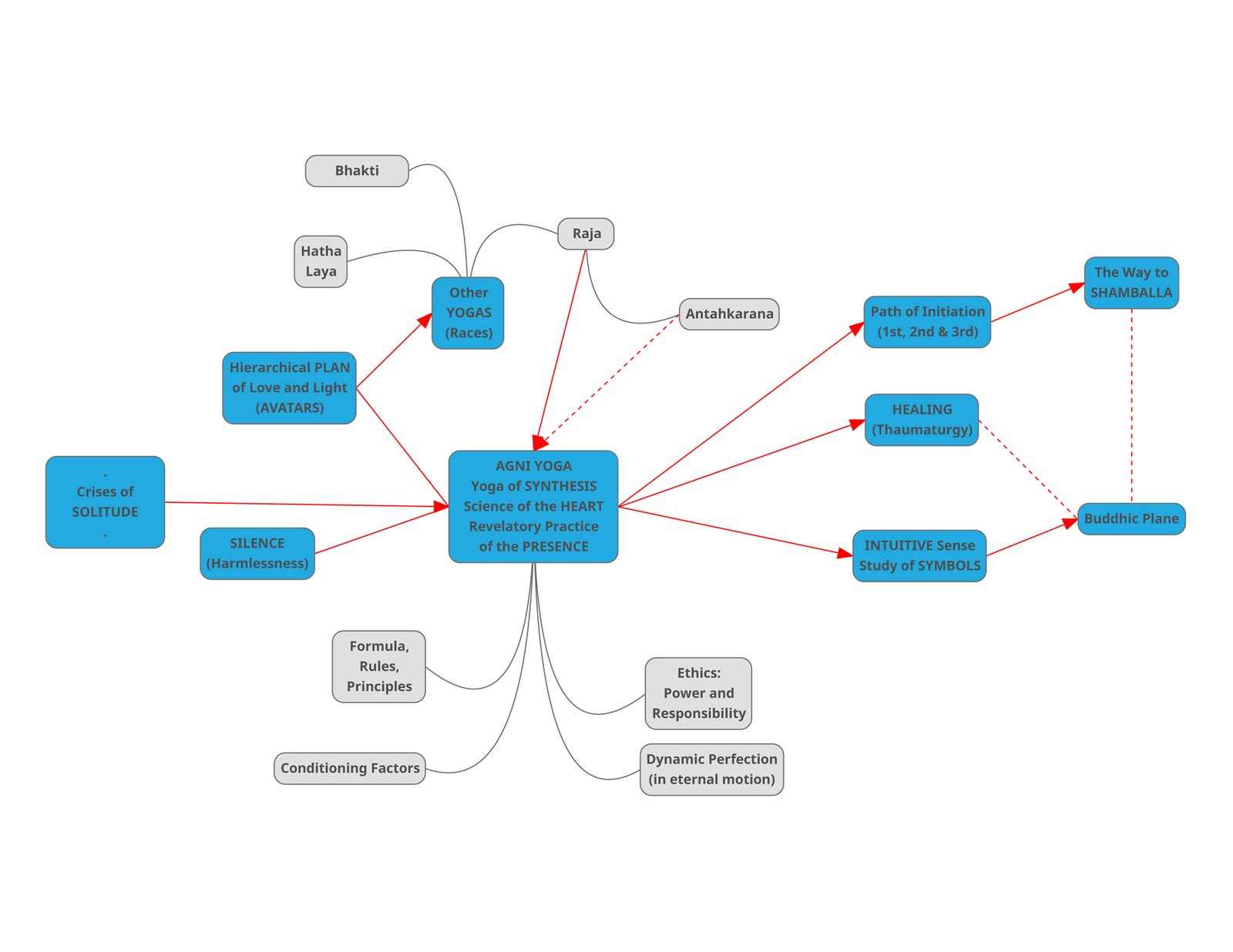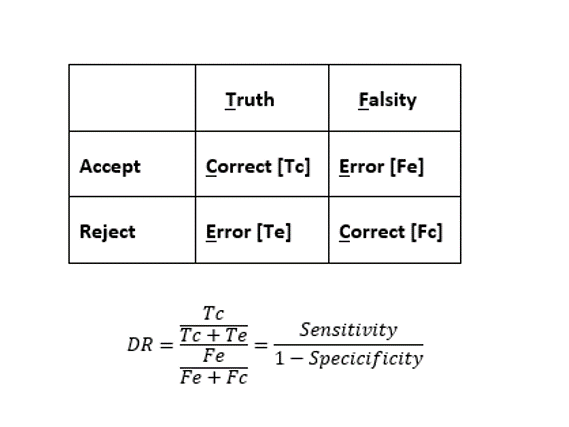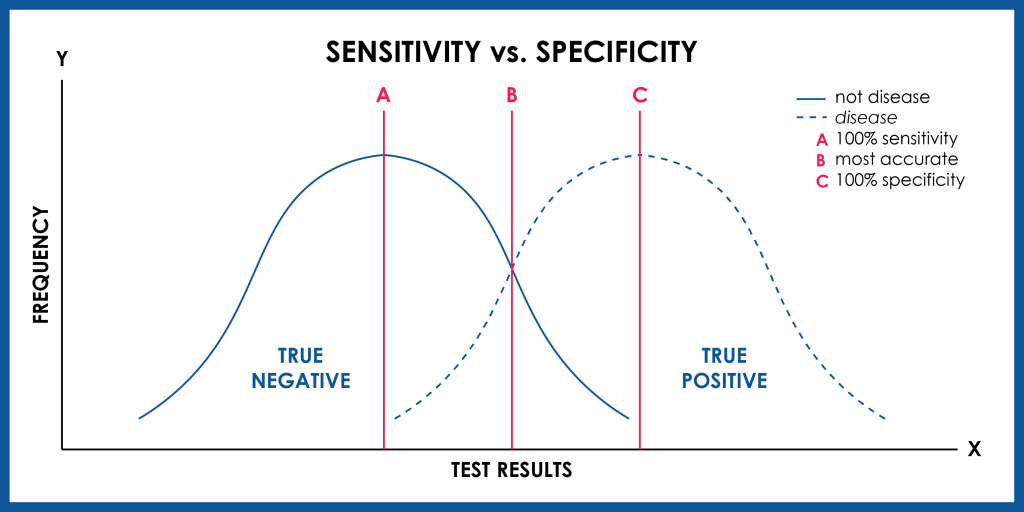Participatory Observation [ © 1997]
Participatory Observation: the Discipline of Spiritual Freedom
by
José Becerra
Re-cognition of our spiritual essence may be the very original purpose of human existence. The seemingly perfect but flowerless bliss of pure Being is incomplete without the fruits of experience. The “descent” from pure subjectivity to objective manifestation provides the means to consummate unconscious bliss into recognizable, and thus necessarily conscious, experiences.
The “original sin” may well be represented by the “descent” from the blissful realm of Being to the painful realm of ex-peri-ence (i.e., beyond the peri-meter of pure essence). Somehow, we lost our “freedom of being” to become “enslaved” into the wheels of experience. But why does experience need to be painful and slavering?
We will attempt to demonstrate that the answer to this fundamental question of human existence is related to two key questions about cognition (i.e., epistemology): 1) how do we conceive the world? and, 2) what is the structure of thought through which we relate to the world?
Patanjali’s Yoga Sutras (sutras = threads), “the earliest known systematic statement of the philosophical insights and practical psychology that define yoga,”(1) may shed some light as we attempt to answer these fundamental questions. By “yoga” we mean “a system that ‘yokes’ one’s consciousness to a spiritually liberating discipline.”(1)
Desire for conscious experience seems the logical initial point to understand the problem of human existence. Desire is a legitimate urge to seek objective manifestation, provided that we do not “forget” who we are and why are we here for. However, true recognition is actually impossible without first forgetting our true identity and purpose. Once we forget, we lose our spiritual point of reference and we are doomed to misconceive reality as it is misrepresented to us through our senses. Misconceptions give rise to mis-identifications, the most significant of which is the illusion of separateness. Mis-identifications will inevitably take us to that “valley of sorrows” that many call the human experience.
Thus, the answer to how do we conceive the world may be that, until we recognize who are we and our purpose in life, desire for experience confounds our judgment producing misconceptions. Misconceptions lead us to mis-identifications that enslave us in pain and isolation. Patanjali’s Yoga Sutras, “an economical set of mnemonic pronouncements”(1) on the discipline of spiritual freedom, not only offer this diagnosis of the problem, but also provide a thorough analysis of the “structure of thought” that perpetuates such painful state of affairs.
Let us visualize the number 8 as a two-wheel engine: a bottom wheel turning clockwise and engaged with a top wheel turning counter-clockwise. The bottom wheel is comprised of two halves: the lower one contains memories and the higher one contains mental impressions. Likewise, the top wheel is comprised of two halves: the lower one contains the mental representation of actions and the higher one the emerging actions themselves. Finally, the point of engagement or “yoke” between these two wheels is the process of thinking, or thought, in an endless cycle of reciprocal causation with memories and actions.
We may refer to this pictorial representation of the number “8,” so significant in the Hermetic literature (23 = 8, Hermes Trismegistus) as the “THOTH engine.” It is suggested that this metaphorical engine is symbolic of the “structure of thought” presented in Patanjali’s Yoga Sutras.
We are all familiar with the expression “I think, therefore I am.” We suggest that this proposition is of impossible verification except for those initiated in the Science of Raja Yoga. To the ordinary consciousness Descartes’s proposition actually becomes “I thought, therefore I was.”
To the ordinary consciousness, it is the memory or synthetic recollection of thoughts that validates the “I” identity. We may remember who we were an instant ago, but we do not really know who we are right now.
Ordinary self-awareness is a succession of memory frames (i.e., fragments of experience) presented so fast to our consciousness as to give us the illusion of a movie-like continuity. The ordinary mind uses the THOTH engine to generate the mental impressions and memories that will eventually emerge as actions in the objective world. The very “habit of thinking not only generates but preserves memories.”(1) As in movie frames, the faster we run the engine the better will be the illusion of continuity. Thirty frames per second is all it takes for movie frames to be perceived as continuous by the ordinary brain. We constantly reconstruct who we think we are.
But, what if we decide to slow down the THOTH engine until we cannot only recognize the memory frames for what they are, but can actually bring the THOTH engine to a standstill? What if we accomplish the “cessation of the turnings of thought?” This is precisely the “discipline of freedom” suggested by the Sutras. We may thus become true participant Observers, fully integrated into the matrix of Being substanding reality, but isolated from ephemeral manifestations that enslave us. Patanjali refers to this hyper-conscious state of pure contemplation as “isolated unity.”(2)
We arrive at this isolated unity by reversing the mis-identification process initiated by desire. Patanjali proposes that a way to break the painful hold of desire is to use thought to experience and overcome the limitation of thought itself. We begin to accomplish this by the practice of discernment.
Discernment may be defined as the ability to correctly choose (i.e., inter-elect) among possible alternatives of action. The practice of the modern scientific method provides ample opportunity to engage in that prolonged mental concentration (i.e., meditation with seed) necessary to develop the discerning habit. And one of the major scientific breakthroughs coming from the field of quantum physics is the apparent effect of the (participant) observer in the process of observation itself (Heisenberg’s Uncertainty Principle).
Initially we practice self-defensive discernment as the immune system does: by discriminating between the self and the not-self, and keeping that information as cellular memory, called immunity, to be triggered by future events. Then, after much pain, we learn to discern between good and evil intentions behind all actions. But eventually we practice the supreme discernment: that between the Observer and the observed in the process of cognition itself. Thus is the ultimate re-cognition attained.
The practice of discernment is enhanced by becoming proficient in the complementary spiritual practices of dispassion and detachment. The three D’s which initiate us into the eight-fold discipline of spiritual freedom are: discernment (intellectual), dispassion (emotional) and detachment (physical). These three are the reverse images of the “passionate attachments” that ignorance (i.e., “forgetting” who we really are) begets.
Passionate attachments to seed-bearing memories drive our thoughts and actions. This is a crucial realization for us to understand our plight, and to appreciate our need for a spiritually liberating discipline. This eight-fold discipline of spiritual freedom is comprised of:
- Five Commandments (harmlessness, truthfulness, humility, continence and poverty).
- Five Rules (purification, serenity, fiery aspiration, spiritual understanding and consecrated devotion to the Soul).
- Right Posture.
- Right Rhythmic Breathing.
- Abstraction, or the withdrawal and subjugation of the senses.
- Concentration, fixing the mind upon a particular object.
- Meditation, or prolonged concentration.
- Contemplation (with or without seed), the capstone of the pyramidal discipline of spiritual freedom.
The liberated Prodigal Son, enriched by the Mother of experience, returns to the Father and says, “It is finished,” because the purpose of experience has been consummated.
Then, and only then, may the Observer assert the fact: I contemplate (past, present and future), therefore I AM! The Prodigal Son has thus given up all attachments. He has truly “for-given” because He was able to recognize His essential divinity in all. He has for-given the experience of pain, and transmuted it into conscious bliss, in obtaining His freedom.
Therefore, human life experienced in ignorance is necessarily painful and a true “valley of sorrows.” However, there is a way to discerningly garner the fruits of experience with dispassion and detachment. This is the Way of the Omniscient Observer Who, as an all-seeing eye, in “isolated unity,” recognizes His true Identity and makes it to the mountaintop of human attainment.
In the teaching of the Buddha, with its emphasis on the three D’s of the Way of Release, we have the preparatory method for the three I’s that the Way of the Christ reveals: individualism, initiation and identification.
“That great Individuality, the Christ, through the process of the five great Initiations, gave to us a picture of the stages and methods whereby identification with God can be brought about.” (From Bethlehem to Calvary [FBC], p.17)
The Way of the Christ is well represented by His own life story: 1) birth, 2) baptism, 3) transfiguration, 4) crucifixion and 5) resurrection/ascension. The Way of Release prepare us for these death-conquering events in our own life. Christ assured us that this is an attainable goal for us because “he that believeth on me, the works that I do shall he do also; and greater works than these shall he do.” (St. John, XIV, 12)
Such dramatic representation of spiritual recognitions was Christ’s task 2,000 years ago. The Christianity that we have come to know during this past “Age of the Fishes,” with the call for us to become “fishers of men,” is, however, a bridging religion. “Christianity is the religion of that transitional period which links the era of self-conscious individualistic existence to a future group-conscious unified world.” (FBC, p.18). Thus will (individual) Freedom in (group) Service be realized.
The future is now, and to resume His task in the “Age of the Water Carrier,” the Christ –the Lord Maitreya– will reappear, overshadowed by His Brother –the Lord Buddha. “Behold, when ye are entered into the city, there shall a man meet you, bearing a pitcher of water; follow him into the house where he entereth in.” (St. Luke XXII, 10) Let us thus meet in the joy of Service!
Bibliography:
1. Barbara S. Miller. YOGA: Discipline of Freedom. University of California Press, 1996.
2. Alice A. Bailey. The Light of the Soul. Lucis Publishing Co., 1974
3. Alice A. Bailey. GLAMOUR: A World Problem. Lucis Publishing Co., 1978











